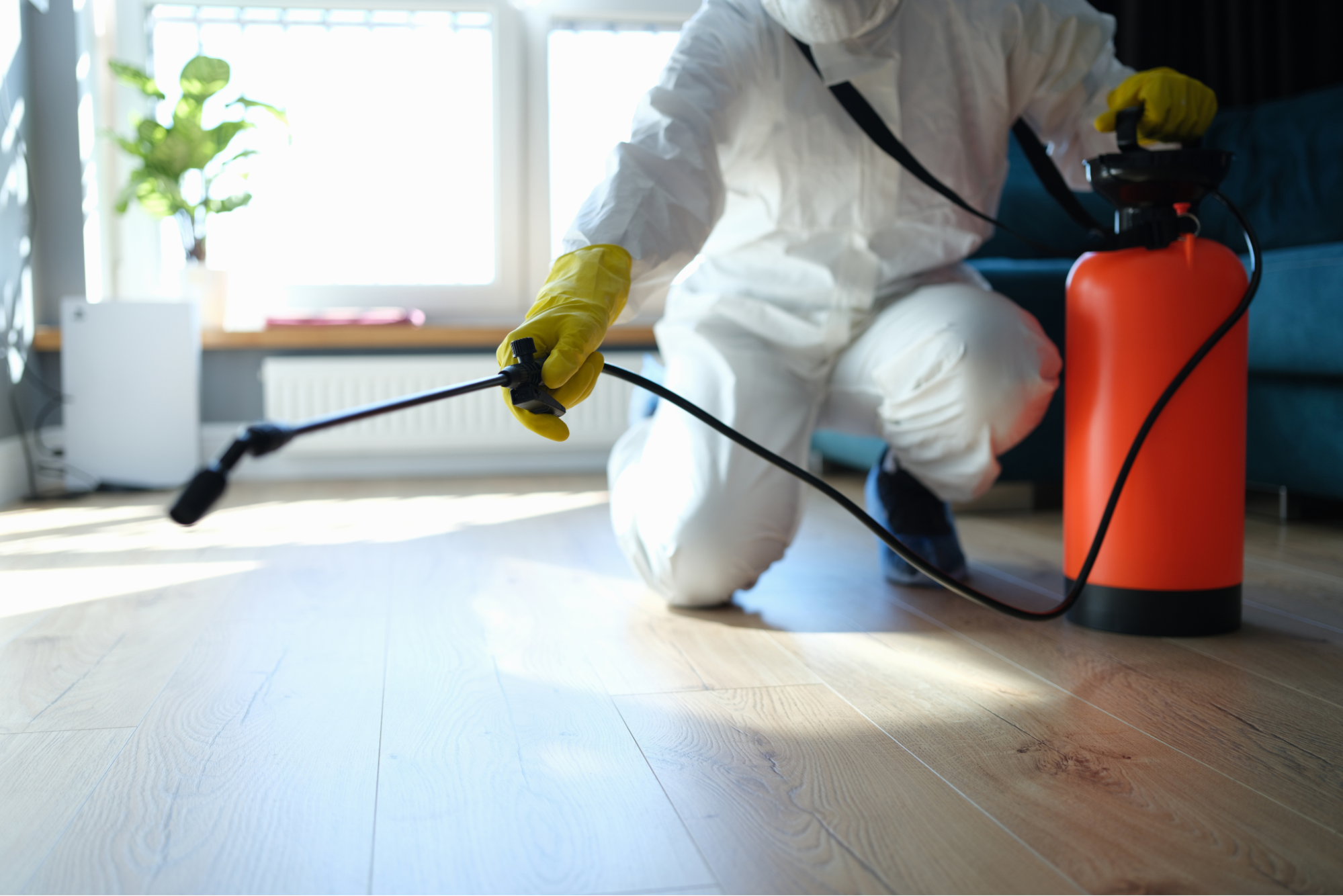Bed Bug Therapy Break Down: Comparing Chemical Vs. Non-Chemical Solutions
In the world of bug control, particularly when handling the consistent problem of bed pests, the selection between chemical and non-chemical therapy solutions can be a crucial one. Both methods use distinct advantages and disadvantages, affecting variables such as efficiency, safety and security factors to consider, and overall cost. By taking a look at the nuanced information of each technique, a more clear understanding of which course to go after in resolving a bed pest problem can be achieved.
Effectiveness of Chemical Treatments
Chemical treatments for bed bug invasions have been widely acknowledged for their potent and fast efficiency in getting rid of these parasites. When thinking about the efficiency of chemical therapies, it is important to understand that they can supply a quick and thorough option to a bed bug problem. Expert pest control specialists frequently count on insecticides to target bed pests at various stages of their life process, including eggs, grownups, and fairies. These chemicals typically function by interfering with the bed pests' nerves, causing paralysis and ultimate death.
Furthermore, chemical treatments have the benefit of supplying recurring effects, suggesting that they can remain to get rid of bed pests even after the first application. This residual activity is especially advantageous in combating any kind of potential re-infestations. In addition, the fast action of chemical therapies can bring relief to people encountering serious bed pest invasions, allowing them to gain back control of their living spaces swiftly.
Safety And Security Worry About Chemical Solutions
When utilizing chemical solutions for bed insect treatment is making certain the safety of residents and the environment,One important aspect that needs cautious factor to consider. While chemical treatments can be reliable in getting rid of bed insects, they might position threats otherwise taken care of effectively. Among the main safety and security concerns with chemical remedies is the possible damage they can cause to human health and wellness. Direct exposure to specific chemicals utilized in bed bug therapies can lead to respiratory concerns, skin inflammation, or other damaging reactions, specifically in people with pre-existing conditions or level of sensitivities. Furthermore, inappropriate application or dosage of chemical pesticides can cause hazardous residues lingering in the cured location, posing lasting health and wellness risks to residents.
Additionally, the ecological influence of chemical solutions is another substantial consideration. Some pesticides used in bed insect treatments may be unsafe to useful bugs, wild animals, and ecological communities if they leach into the dirt or water supply. It is necessary to make use of chemical treatments sensibly, following security standards, and taking into consideration much less hazardous choices to mitigate these threats and ensure the safe and reliable monitoring of bed insect infestations.
Advantages of Non-Chemical Approaches
Taking into consideration the possible safety and security worries and environmental effect associated with chemical remedies for bed pest treatment, exploring non-chemical strategies provides an encouraging option with a number of distinct advantages. Non-chemical therapies are ecologically friendly, as they do not contribute to air or water pollution, making them a sustainable option for insect control.
Furthermore, non-chemical services can be efficient in targeting bed insects, consisting of hard-to-reach locations where chemical therapies might not permeate. Techniques such as warm treatment, vacuuming, vapor cleaning, and cushion encasements provide detailed obliteration without making use of damaging chemicals. Furthermore, non-chemical approaches can be much less disruptive, needing very little preparation and enabling for quicker reentry right into treated areas. Overall, choosing non-chemical bed insect treatment methods not only focuses on safety and environmental management but likewise makes certain extensive and reliable pest control.
Limitations of Non-Chemical Treatments

Furthermore, non-chemical treatments frequently require multiple applications to achieve successful eradication. This can be lengthy and may not constantly assure full elimination of all bed bugs and their eggs, specifically in hard-to-reach or covert areas.
Moreover, the success of non-chemical therapies greatly depends on correct application and thoroughness, which can be challenging for people without specialist expertise. Insufficient application More about the author of non-chemical methods may cause insufficient removal, leading to relentless invasions and the need for added therapies.
Therefore, while non-chemical treatments have their benefits, it is important to acknowledge these restrictions and consider them when identifying one of the most efficient strategy for managing bed bug infestations.
Cost Comparison: Chemical Vs. Non-Chemical Options
Given the constraints linked with non-chemical treatments, a necessary element to assess in the context of bed bug management is the price comparison in between chemical and non-chemical options. In comparison, non-chemical treatments like warm therapy or vapor can be a lot more costly, with prices ranging from $1,000 to $6,000 for a whole home. While the preliminary expense of chemical therapies may seem reduced, several therapies might be called for to totally get rid of the invasion, potentially raising the total expense.
Conclusion

Thinking about the possible security problems and environmental influence connected with chemical services for bed pest therapy, exploring non-chemical strategies presents an encouraging option with a number of distinct benefits.Offered the restrictions associated with non-chemical treatments, a vital facet to assess in the context of bed bug monitoring is the cost contrast in between chemical and non-chemical choices. In comparison, non-chemical therapies like warm treatment or heavy steam why not find out more can be more pricey, with expenses varying from $1,000 to $6,000 for a whole home. While the initial cost of chemical treatments might seem reduced, multiple therapies may be required to totally eradicate the problem, possibly raising the overall expense.In final thought, when contrasting chemical and non-chemical bed insect therapy alternatives, it is necessary to take into consideration efficiency, safety, benefits, restrictions, and price.